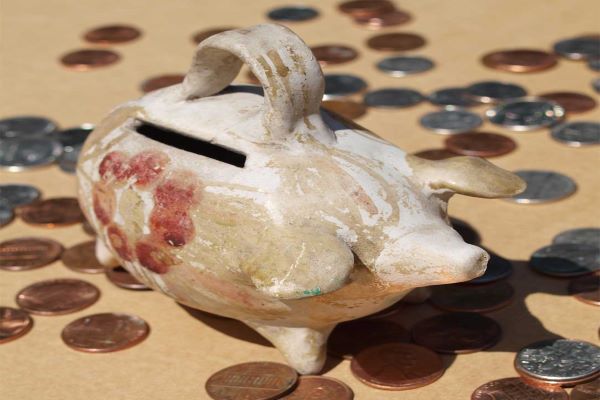
Most people have heard of Self-Managed Superannuation Funds (SMSFs) and are familiar with their role in retirement planning, as well as their potential tax advantages. A continually growing market, the SMSF industry now includes over 550,000 funds in Australia and is valued at approximately $2 trillion.
Regardless of whether you are a member of an SMSF, it’s important to understand the recent Budget proposals affecting superannuation. We take a look at what might be changing, as well as how an SMSF can still offer tax effective strategies for members.
What’s changing with Superannuation?
In the proposed 2016-17 Budget, there are several key points affecting superannuation. While these proposals are not yet legislated and still have to be passed by parliament, the recommended changes would have a major effect on contribution limits and terms, including:
- A $500,000 lifetime cap on non-concessional contributions
- A $1.6m superannuation pension transfer cap on the total amount of accumulated super an individual can transfer into retirement phase
- A reduction in the concessional cap to $25,000 (p.a.)
- The ability to catch up concessional contributions if the $25,000 cap is not used each year (5-year basis and $500,000 asset limit)
- You would no longer need to meet a work test to contribute up to age 75
- Any individual up to age 75 will be able to claim a tax deduction on personal contributions to a superfund.
In general, the proposed changes (most commencing 1 July 2017) will certainly be more challenging for high income earners, who will be affected by the caps.
Consider an SMSF
SMSFs are a great way to invest for your retirement and when used properly, can be more tax-effective and save you money.
With an SMSF, you can benefit from potentially lower management fees, greater flexibility, lower entrance or exit costs (eg. a direct share portfolio), and can also consolidate superannuation funds to save costs doubling up.
Let’s look at an example with Bob, who has an existing SMSF and is currently in his 60s:
- His SMSF has owned a property for the past 12 years
- Bob now wishes to sell the property, and he is eligible to take a pension
- Before the property is sold, he commences a pension and
- When he later goes on to sell the property, it will be classified as a segregated current pension asset and Bob’s fund will not pay capital gains tax.
What can an SMSF invest in?
With an SMSF, there are restrictions on what you can and can’t invest in. An SMSF can invest in:
- Direct shares
- Direct property
- Managed funds and managed accounts
- Term deposits and cash
- Collectibles (in some circumstances)
- Gold bullion
Also in some cases, an SMSF can borrow to invest.
You can’t invest in:
- Your residential home
- A holiday home that you use
- Collectibles that you use
Also, an SMSF is unable to lend to individual members or family members.
Get advice
The key when considering establishing an SMSF is to seek professional advice. While they’re still called ‘self-managed’ funds, they’re generally less ‘DIY’ and more ‘advised’ by financial advisers. It’s important to discuss your options with someone who can ask the right questions and help you determine:
- If an SMSF will suit you and your needs
- If you understand the obligations with an SMSF
- Who the members will be
- How the fund will be invested
- If there are any potential liquidity issues.
